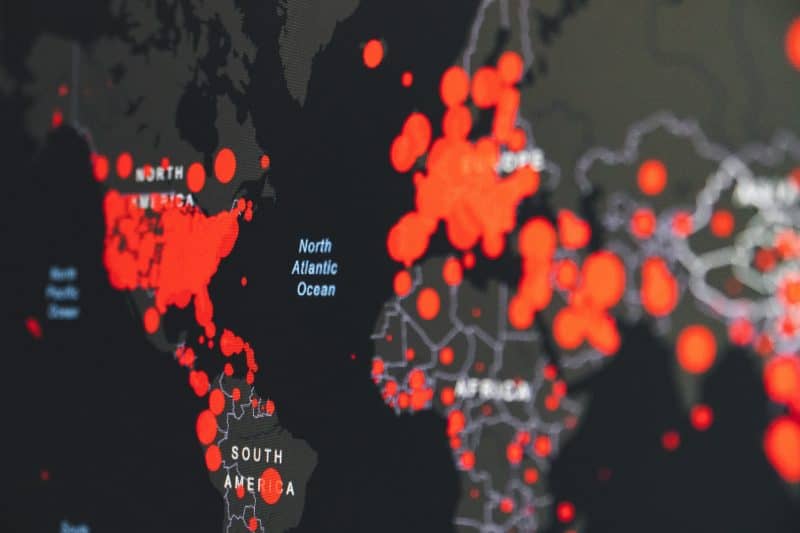Engineering the World’s Largest Family Tree: The 13-Million-Person Family
The study sheds a light on longevity and when people stopped marrying their cousins.
Who are we, and where did we come from? These are just two questions each of us has when tracing our family tree back in time.
Scientists from the New York Genome Center have taken their ancestral questions one step further. They created a massive family tree of 13 million people.
The enormous dataset is officially the world’s largest scientifically validated family tree. The population-scale family tree spans 11 generations and 500 years of marriage and migration in the Northwestern Hemisphere. Published only recently (March 1, the study is already available to the public).
Building the world’s largest family tree
The team at the New York Genome Center used publicly available information from Geni.com, a genealogy website. Starting with 86 million profiles, they then had to verify and filter the data.
The data was difficult to work, according to team leader Yaniv Erlich, because they couldn’t draw from pre-existing methods. Because of this, building the trees was time-consuming and tedious. It forced the team to be creative during verification, like using church records and death certificates for particular locations.
Once the team sifted and compiled the data, Erlich and his team held the largest collection of family trees backed by science. The dataset resulted in 5.3 million trees – the 13-million-person tree being the largest.
Currently, the data is geographically limited to North America and Europe (85% of the data). While the millions of people used in the study are enormous, it’s still just a fraction of the worldwide human population.
What does the study tell us about our ancestors?
For all of us, our family trees can offer helpful insight about where we came from, who our ancestors were and even genetic health risks. This new study could be a key to better understanding those insights.
The team at the New York Genome Center studied their gigantic dataset for patterns in longevity. Based on their enormous dataset, heritage contributed 16% to longevity – lower than the average 25% often cited in longevity studies.
The study also debunked a popular theory about why our ancestors stopped marrying their cousins. Evolutionary studies theorized that increased railroad travel in the early 1800s resulted in less familial marriages.
However, the study showed that married couples were actually more related during this time period. Now, the authors of the new study speculate that people stopped marrying their cousins because of cultural changes.
Additionally, the study revealed that women in Europe and North America migrated more often than men over the past century. On the flipside, men tended to travel further than women between 1750 and 1950.
In Conclusion
Although the study of giant family trees does not answer all our hereditary questions, it is impressive. The 13-million-person pedigree is another facet that highlights how connected we truly are.
If the researchers had gone back even further in time – another 65 generations – they could have discovered the identity of the pedigree’s common ancestor.
The study is available to the public at FamiLinx.org. Anyone can use it to look at local disasters, research individual families, answer anthropological questions and view fertility rates. Erlich hopes that people use it and that other researchers take advantage of the study’s findings.
Would you dive into the enormous heritage study? Who knows – you just might be one of the 13-million-person family tree.
Subscribe Today!
Get more of this great content sent directly to your inbox
Adam Beck
Latest posts by Adam Beck (see all)
- 2025 Industrial Marketing Summit Announced for February 26-28 in Austin, TX - May 31, 2024
- Engineering the World’s Longest Solar Eclipse - April 9, 2024
- How AR CAD Models and Apple Vision are Helping Engineers Become Tony Stark - March 12, 2024

